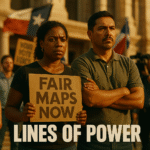
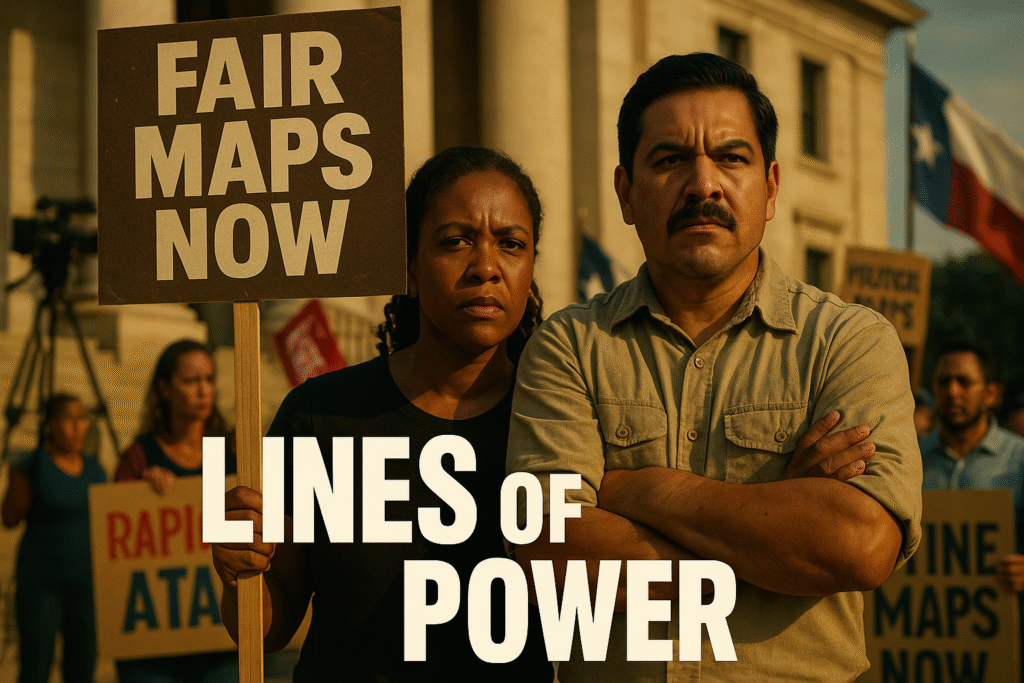
Texas Redistricting and the Fight for Black and Latino Political Representation
The History Behind The Headlines
By Darius Spearman (africanelements)
Support African Elements at patreon.com/africanelements and hear recent news in a single playlist. Additionally, you can gain early access to ad-free video content.
Mid-Decade Redistricting Threatens Minority Political Power
Texas’s 2025 mid-decade redistricting battle has placed Black and Latino political representation at a critical crossroads. The newly approved congressional map, crafted by state Republicans, is currently under federal court review amid claims that it intentionally diminishes minority voting power, threatening Democratic electoral strength in key districts. This development reflects historical and ongoing struggles by Black and Latino communities to secure fair representation and political power in a state experiencing rapid demographic shifts.
This redistricting effort seeks to flip five congressional seats from Democratic to Republican control. The new boundaries extensively enhance districts controlled by white voters, who now hold sway in nearly 68% of Texas’s 38 congressional districts—despite comprising roughly 40% of the state’s population. In contrast, Latino and Black communities see their influence fragmented or masked by districts that may look diverse on paper but restrict actual electoral power.
Fragmented Representation: Black and Latino Districts in Texas
Houston’s 29th Congressional District, long a reliable majority-Latino district and home to leaders like Representative Sylvia Garcia, exemplifies the impact. The Latino share of eligible voters there has shrunk from about 63% to 43%, while the percentage of Black eligible voters has increased from 18% to 33%. This reshaping forces Black and Latino Democrats to compete for fewer seats, fracturing previously unified multiracial coalitions that provided a foundation for political power (Texas Tribune).
The map also dismantles coalition districts, which combined Black and Latino voting power to elect candidates who represent their shared interests. Eliminating these districts weakens urban minority communities and hampers their ability to influence Congress. This move echoes a prolonged history of tactics designed to divide and conquer multiracial political alliances, diluting their collective voice (NDRC).
Voter Turnout Challenges and Political Shifts in Texas
Effective political representation requires more than fair district lines. Voter turnout plays a crucial role in shaping election outcomes. Texas has one of the lowest voter participation rates nationwide, with just 57.9% turnout in 2024. Participation was even lower among Hispanic voters at 44.5% and Black voters at 57.7%, compared to 66.6% among white voters. These disparities exacerbate challenges faced by Democratic candidates and communities of color aiming for representation (Axios Dallas).
The decrease in Black voter turnout and shifting Latino political alignments, marked by increased Republican support, contribute to a transforming political landscape. These changes, together with redistricting impacts, threaten to diminish Black and Latino political influence just as they form a larger share of Texas’s population.
Texas Voting Rights History and Legal Challenges
Texas’s history of voting rights struggles underscores the significance of this redistricting fight. Since the 1965 Voting Rights Act, Texas has repeatedly been found to discriminate against minority voters through gerrymandering and restrictive voting laws. The Supreme Court’s 2013 Shelby County decision, which removed federal preclearance protections, allowed Texas to enact voter ID laws and further barriers like SB1 in 2021, disproportionately impacting communities of color (MALDEF).
Ongoing lawsuits from civil rights groups accuse Texas of using “packing” and “cracking” techniques to dilute Black and Latino votes, violating Section 2 of the Voting Rights Act and the Constitution. Courts will soon decide if the 2025 map stands or if Texas must redraw fairer districts that preserve minority electoral power and uphold democratic principles (NAACP).
The Ongoing Fight for Democracy and Representation
This battle is more than politics; it is a fight for racial justice, democracy, and the power of Black and Latino Texans to shape policies affecting their communities. It highlights the necessity of voting, civic engagement, and legal advocacy in securing fair political representation in the face of systemic efforts to limit it.
Ultimately, the strength of Black and Latino voices in Texas will depend on community organizing, voter turnout, and continued legal battles to ensure the right to elect leaders who genuinely represent all Texans.
Texas Congressional Districts by Racial Majority
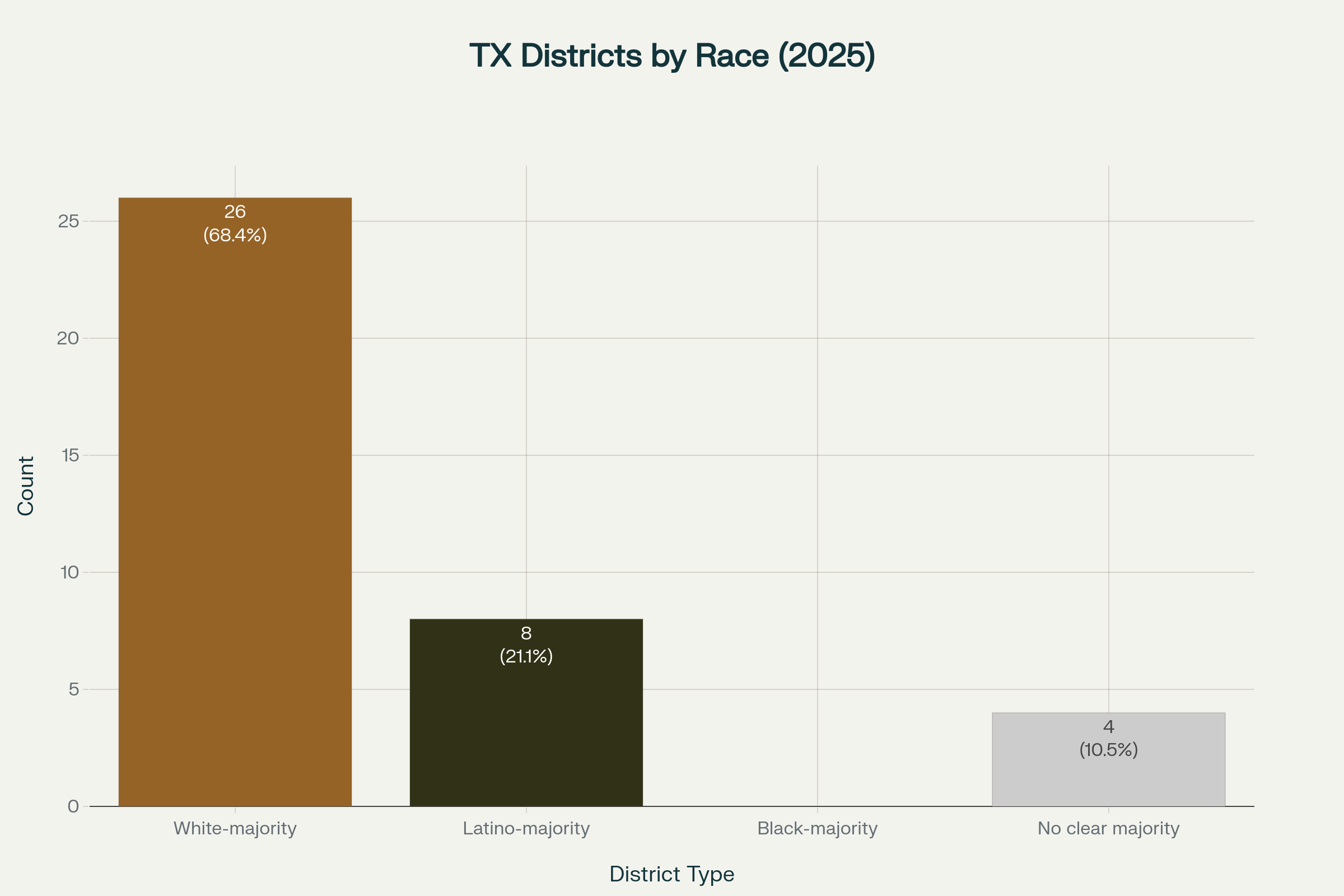
This bar chart underscores the stark imbalance in congressional representation. Although white voters make up roughly 40% of the population, they control 68% of Texas’s congressional districts. Latino and Black-majority districts are significantly underrepresented, with no Black-majority districts currently represented under the 2025 map.
This distribution reveals systemic exclusion of Black voters from district control, despite Texas having the largest Black population of any state in the country (TIME).
Disparities in Voter Turnout Among Racial Groups
The 2024 Texas election turnout data reveal troubling disparities. White voters participated at nearly 67%, whereas Black and Latino voters showed considerably lower turnout rates—57.7% and 44.5%, respectively. These gaps weaken the political influence of communities that lean Democratic and face targeted efforts to suppress turnout.
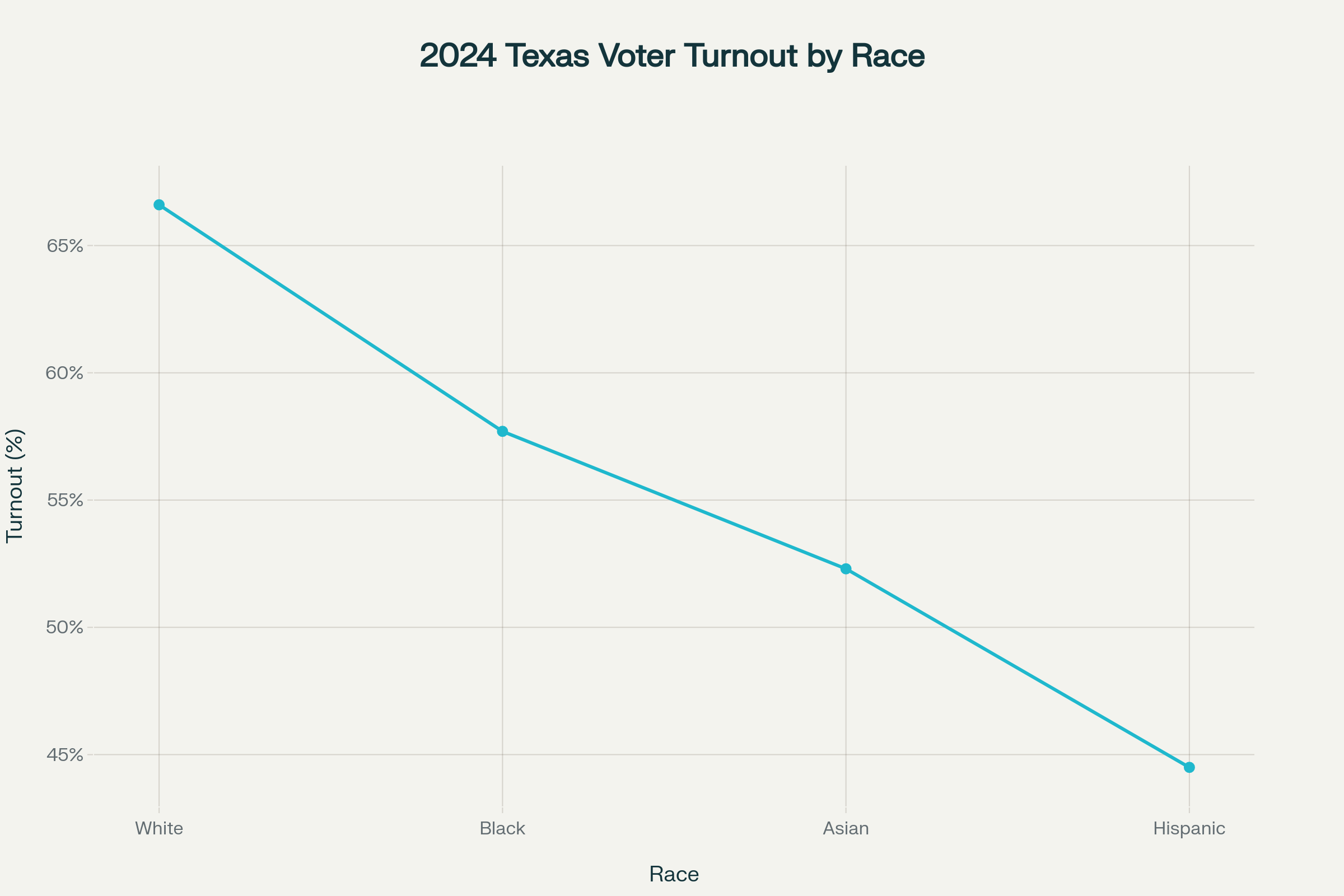
Increasing voter engagement in Black and Latino communities is essential for countering gerrymandering effects and achieving equitable representation. Turnout disparities reinforce existing political inequities (Axios Dallas).
Historical Timeline of Voting Rights in Texas
This timeline visualizes landmark moments shaping voting rights in Texas—from the 1965 Voting Rights Act to recent legislative challenges and court rulings. Patterns of suppression, legal pushback, and evolving protections have defined the fight for equitable political representation in the state.
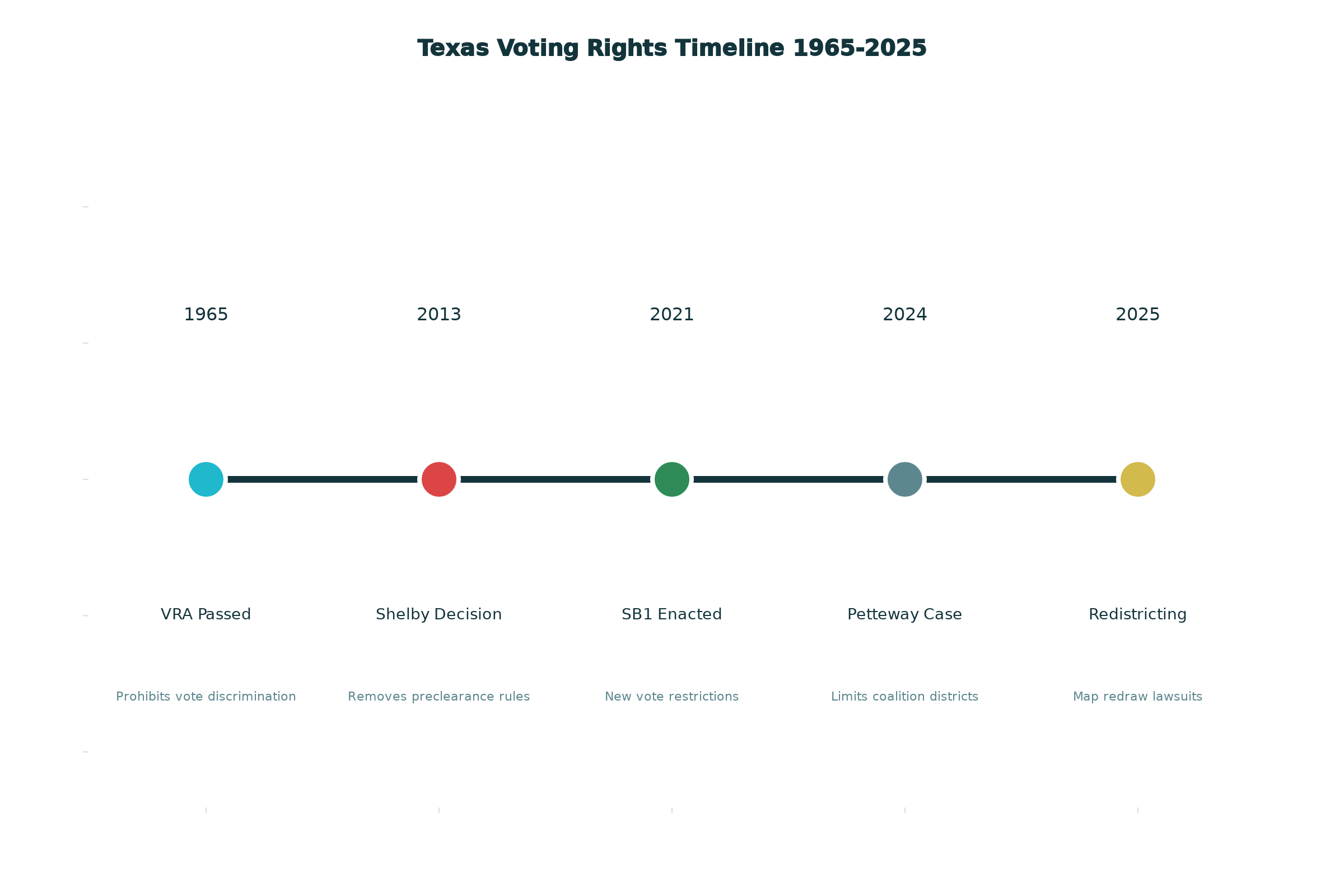
From the landmark Voting Rights Act to the 2013 Shelby County decision dismantling protections, and recent Texas redistricting controversies, these events form the backdrop to today’s struggle for Black and Latino political power (LDF).
ABOUT THE AUTHOR
Darius Spearman has been a professor of Black Studies at San Diego City College since 2007. He is the author of several books, including Between The Color Lines: A History of African Americans on the California Frontier Through 1890. You can visit Darius online at africanelements.org.
